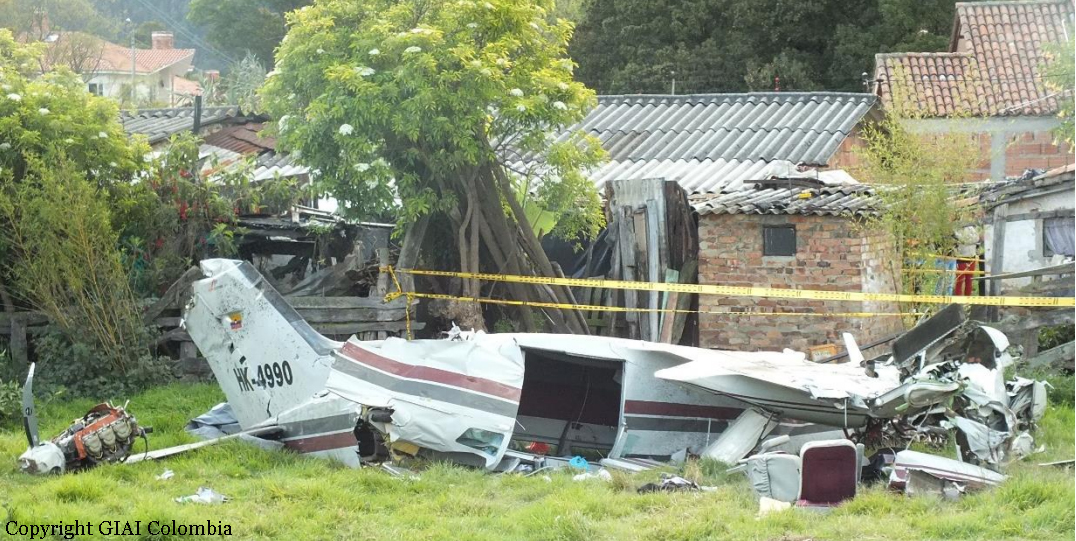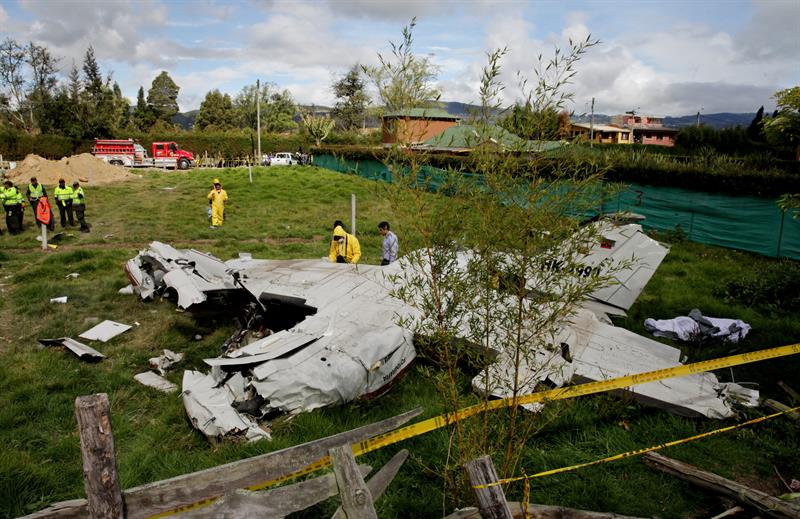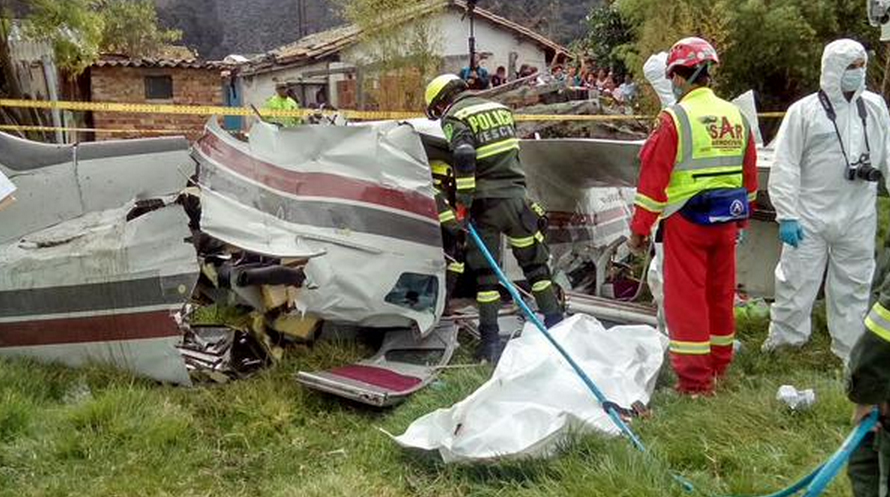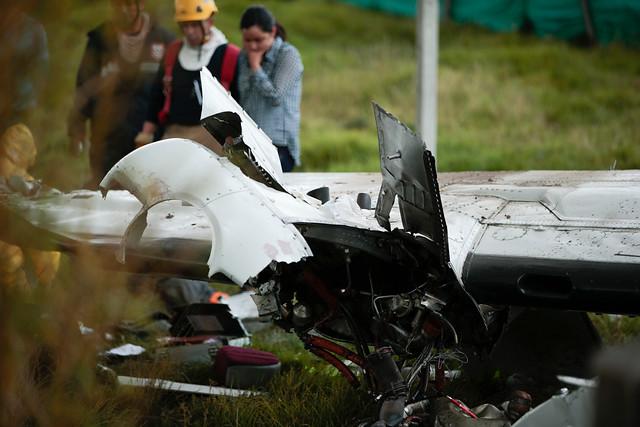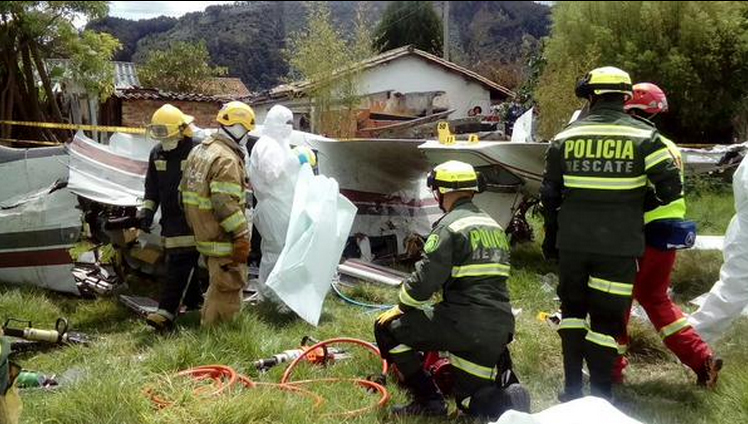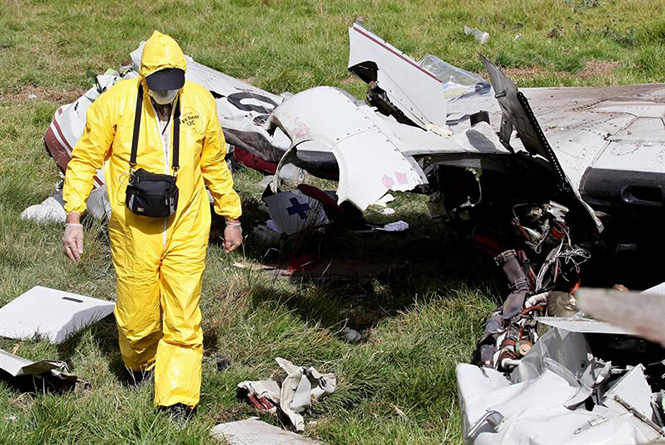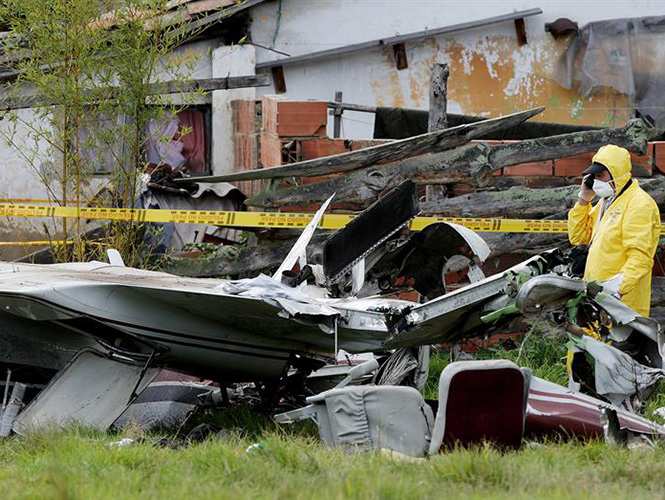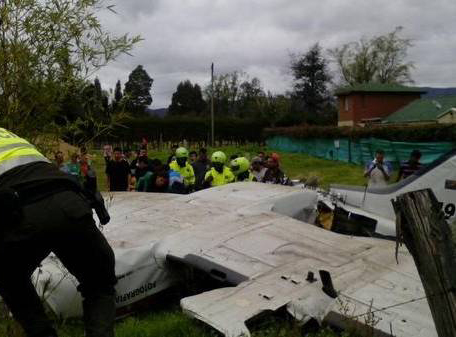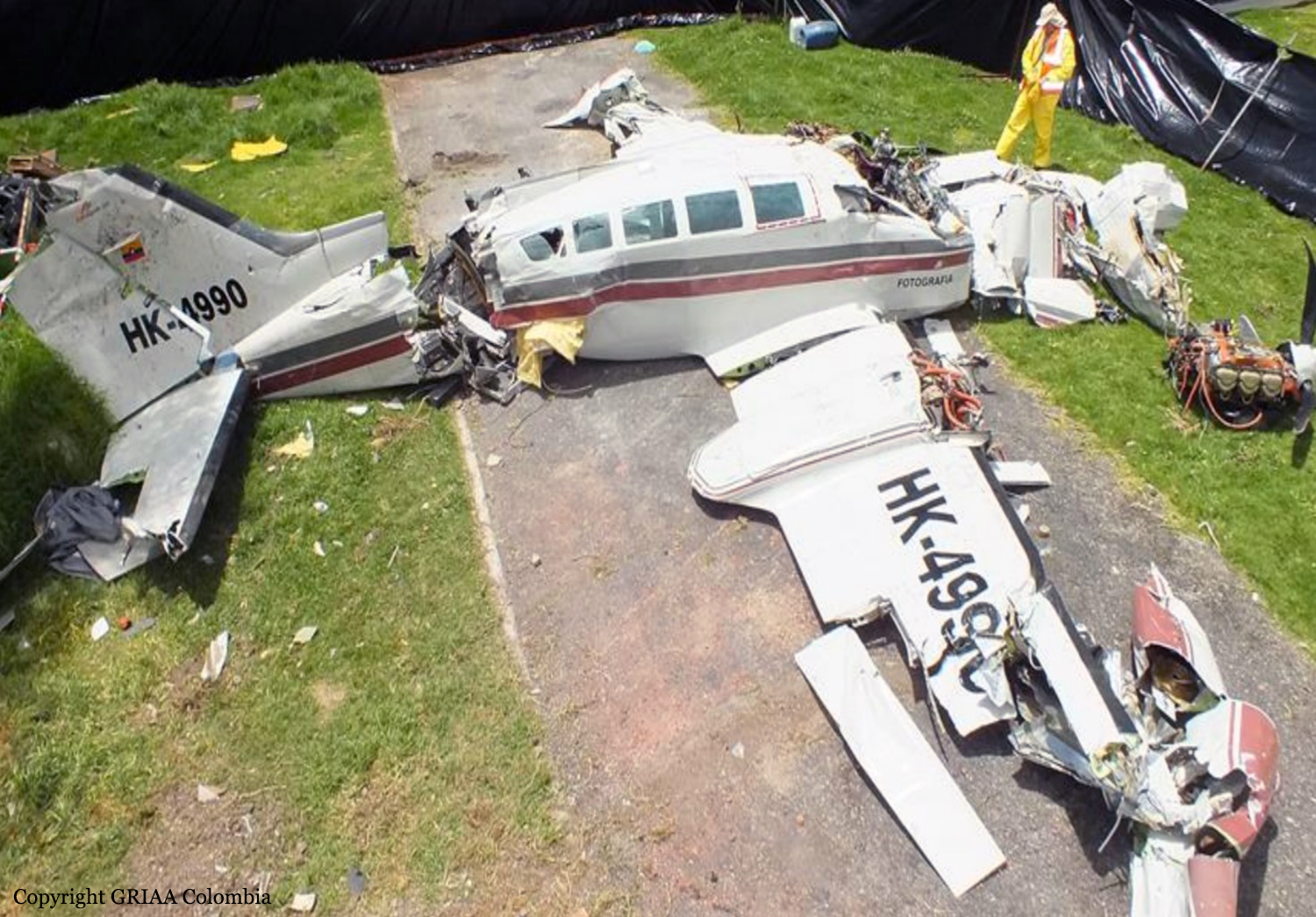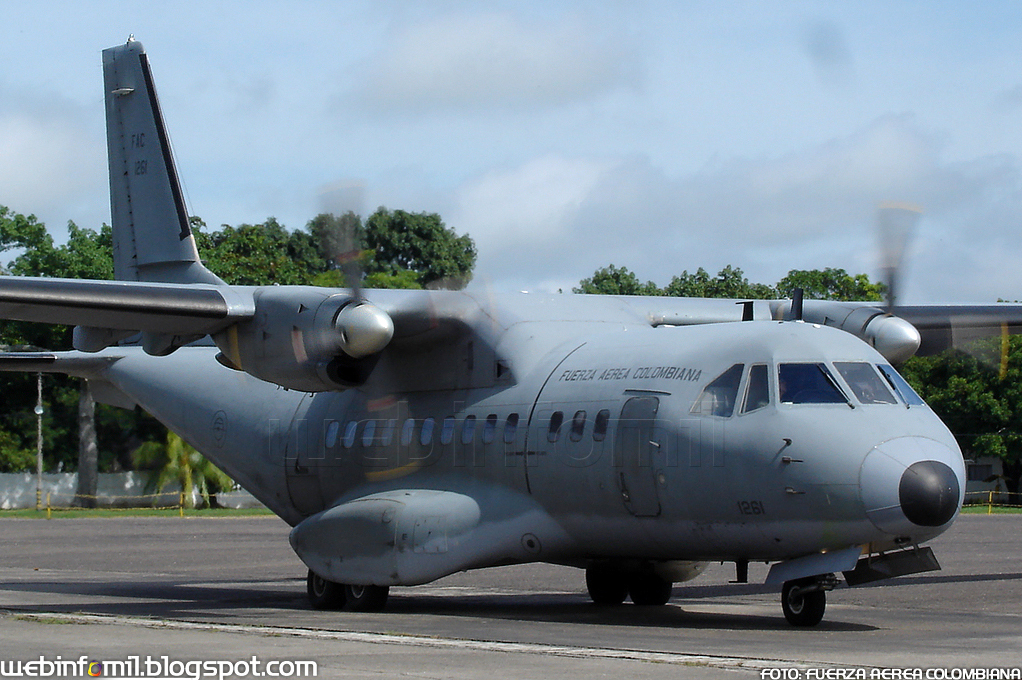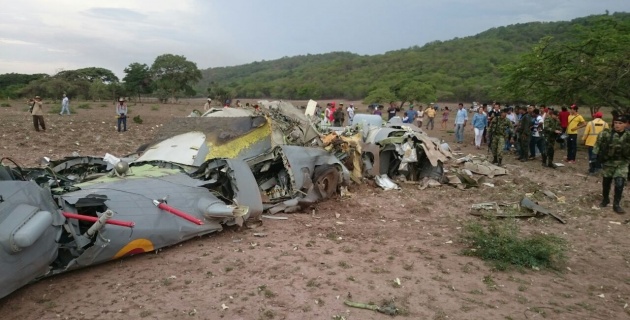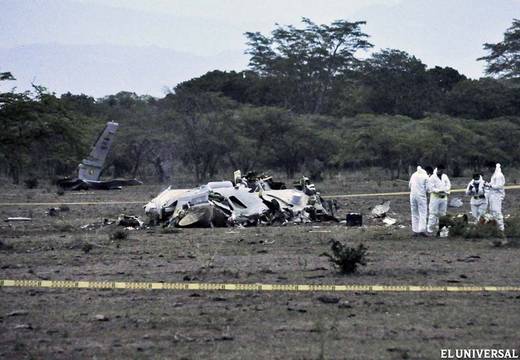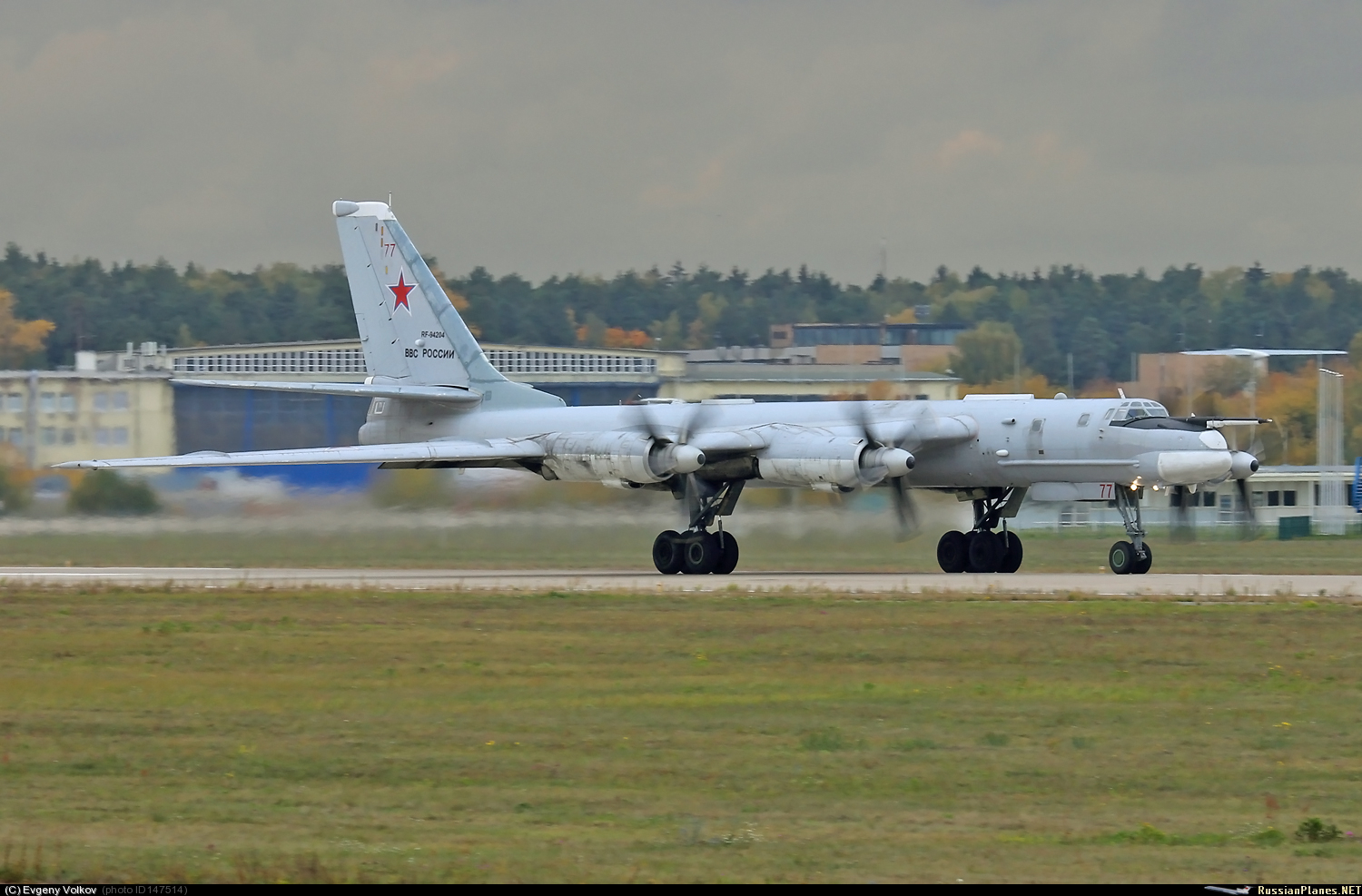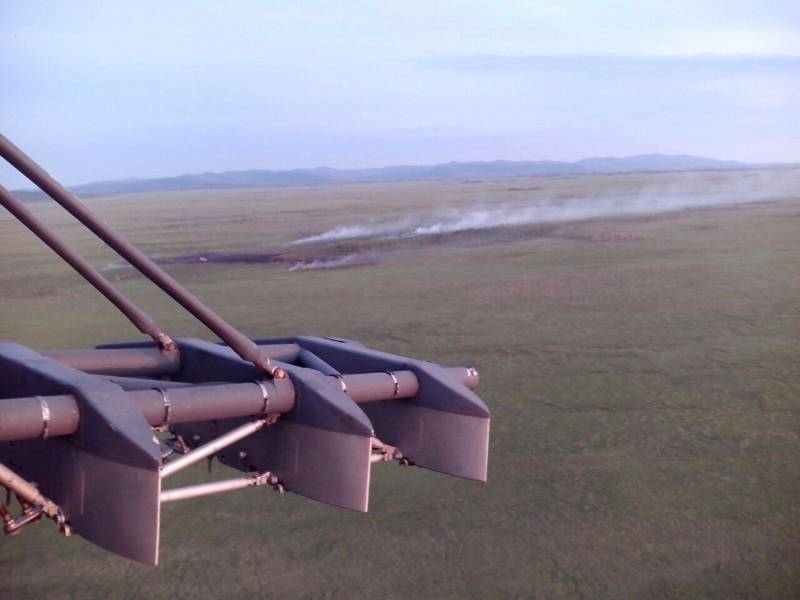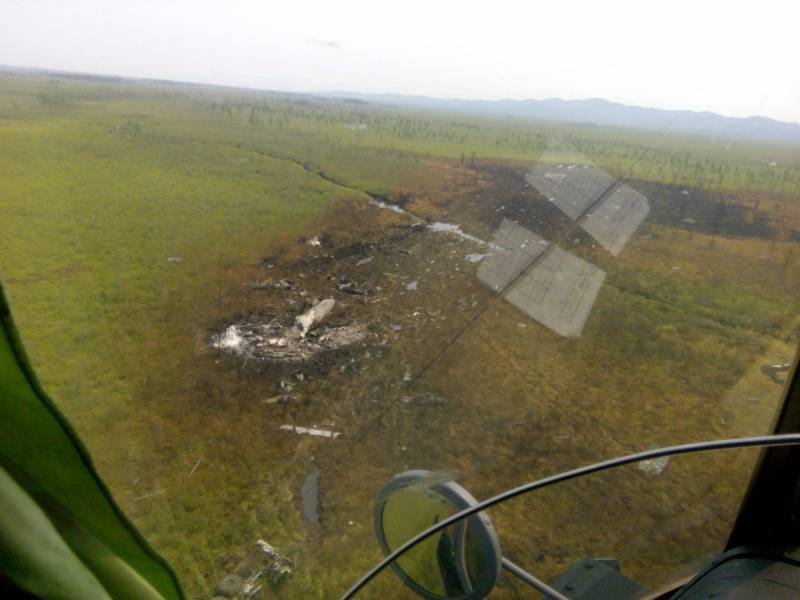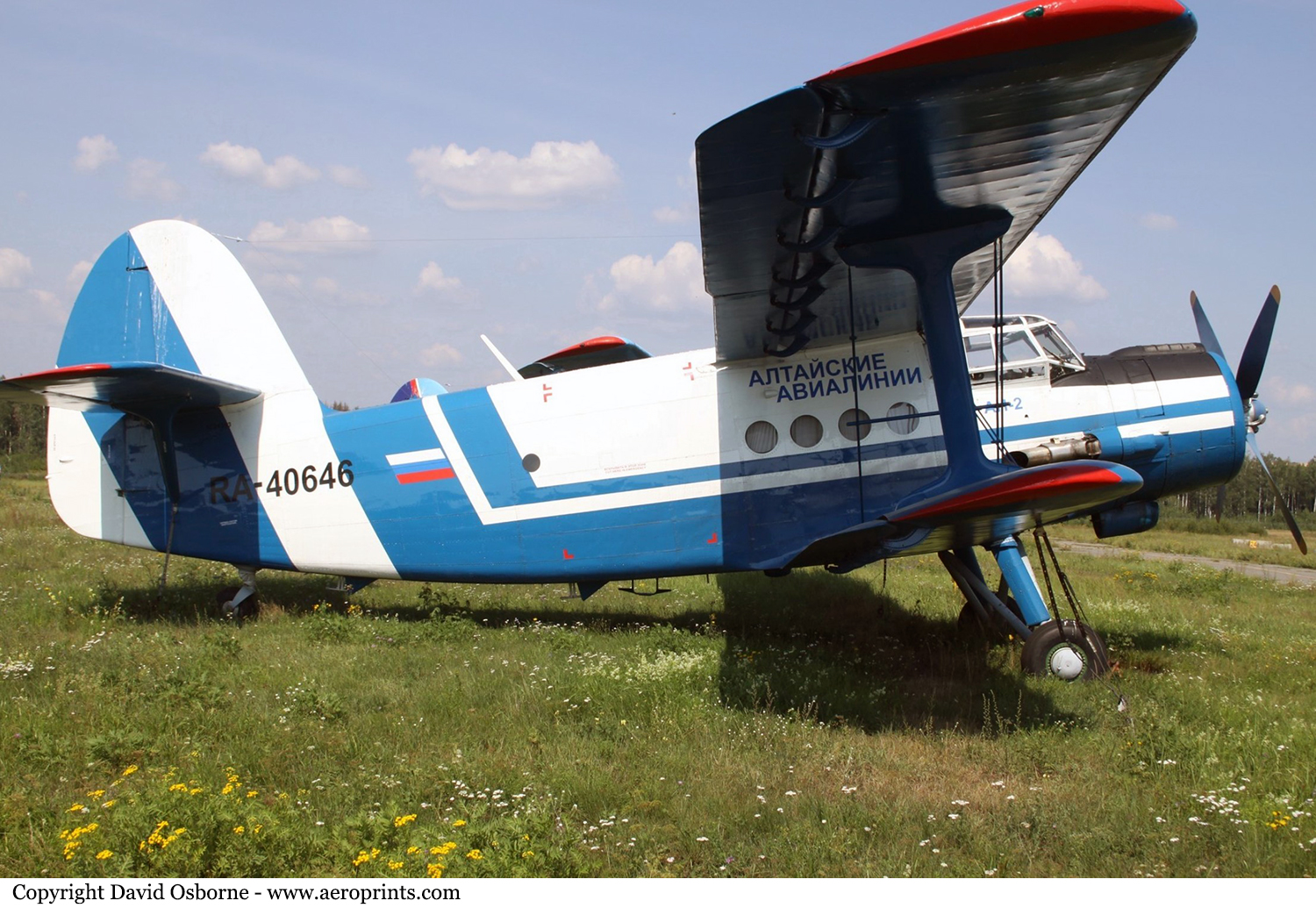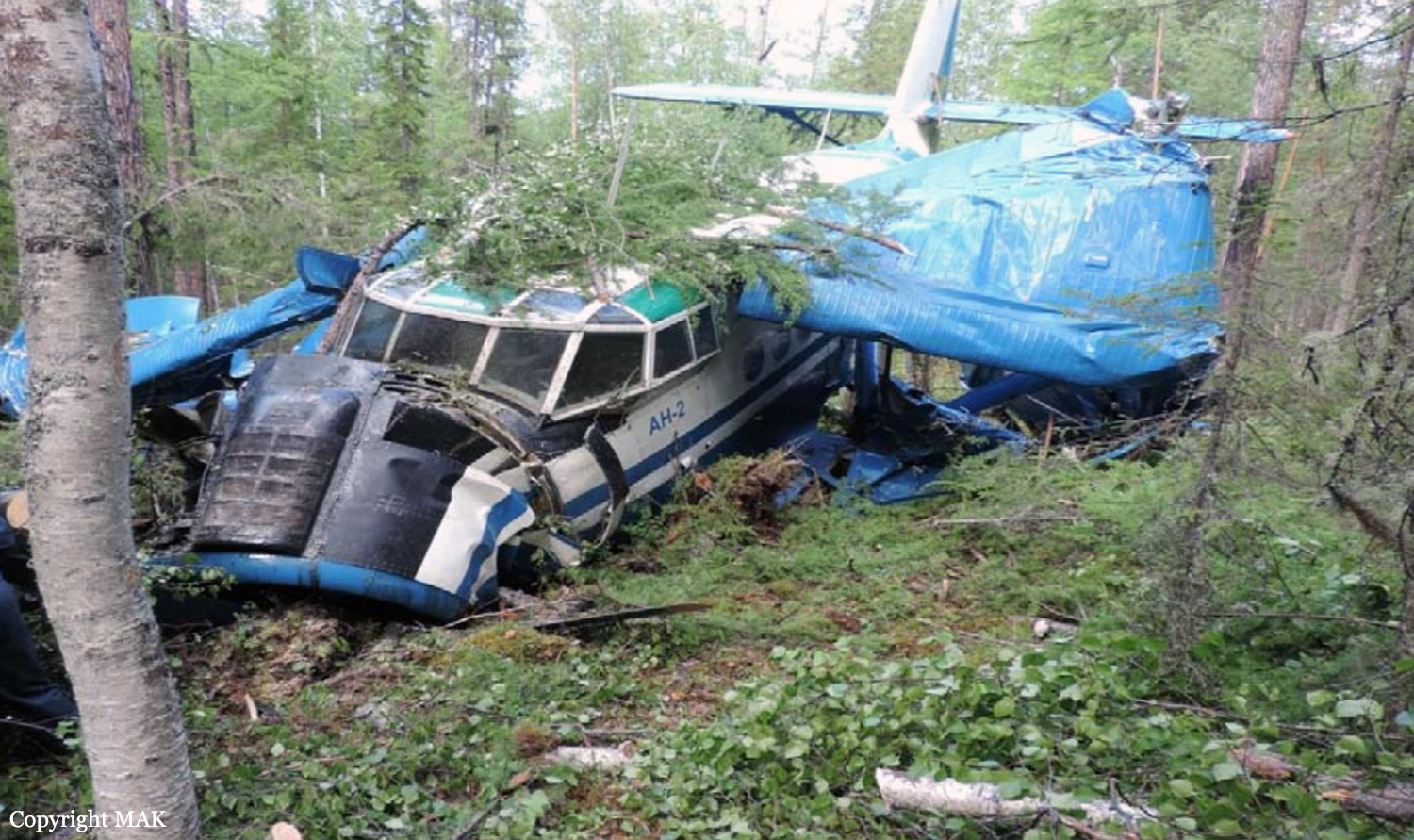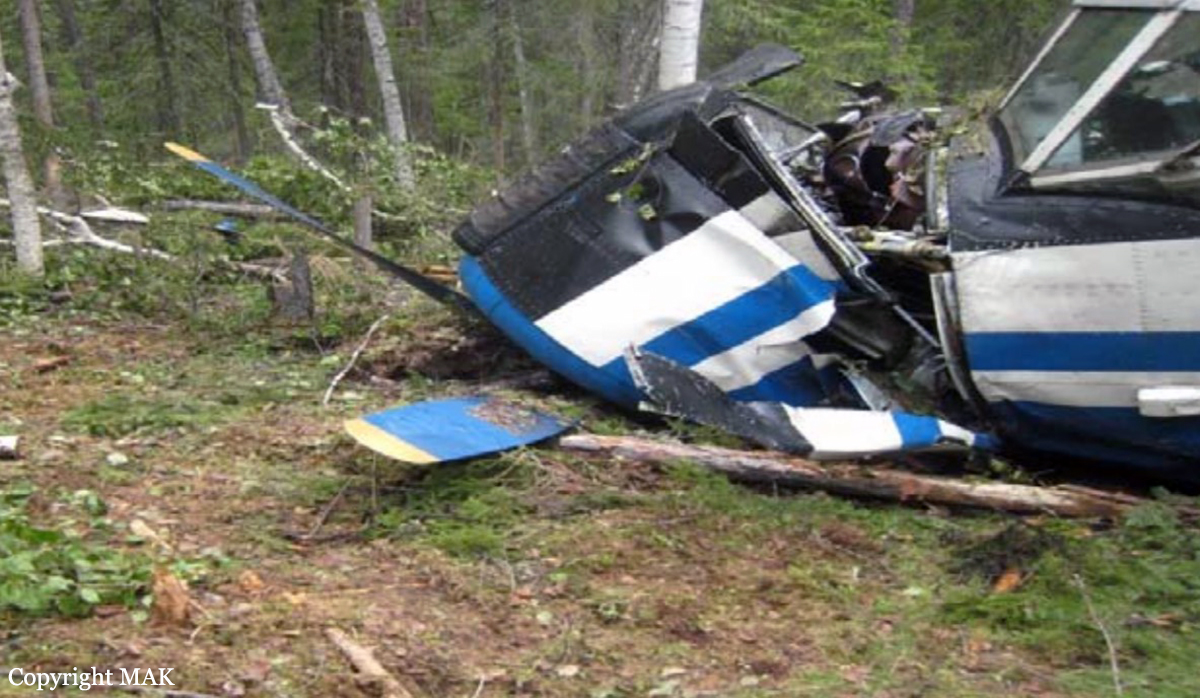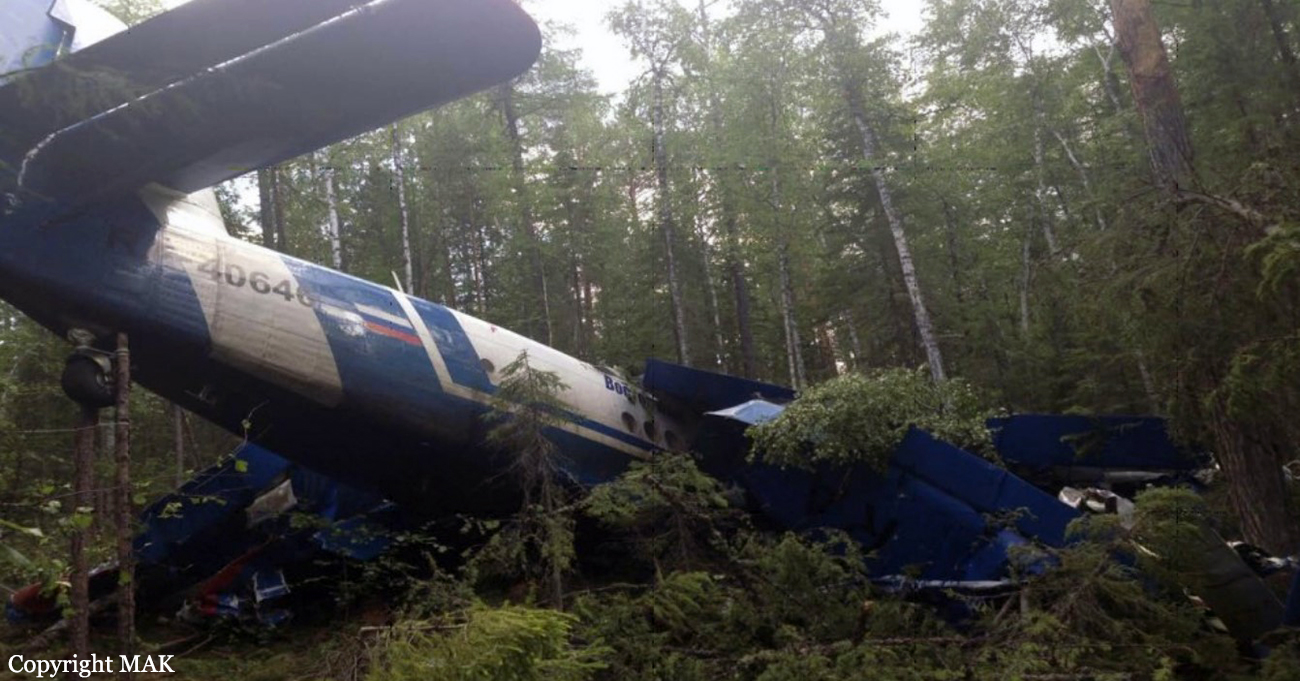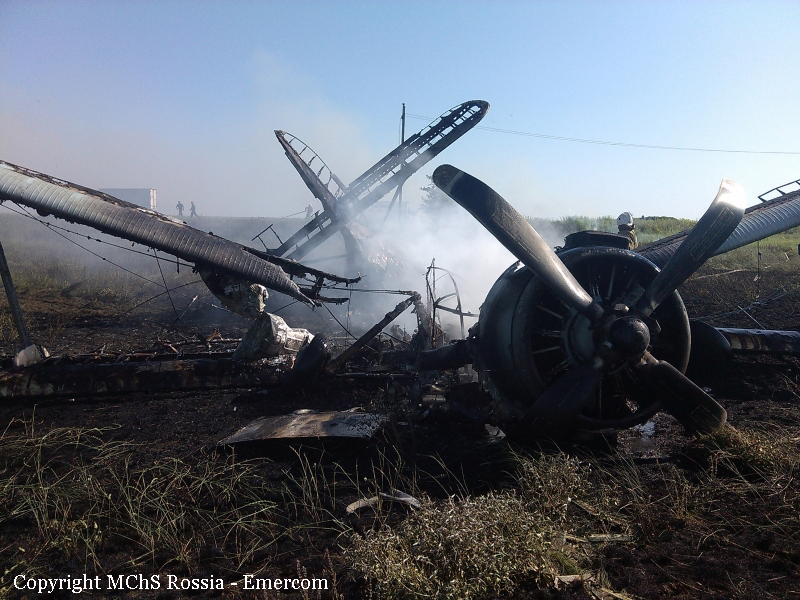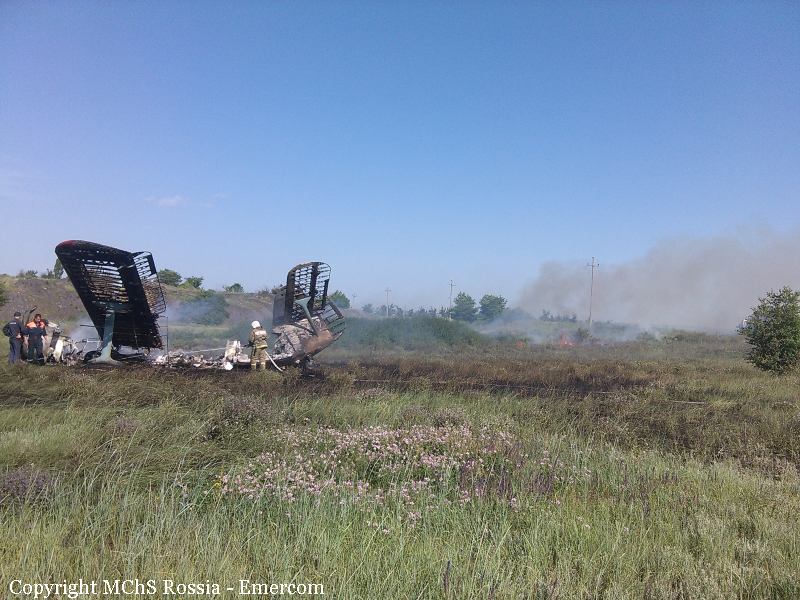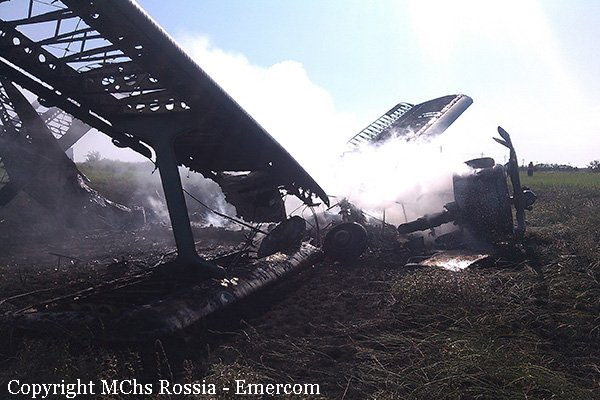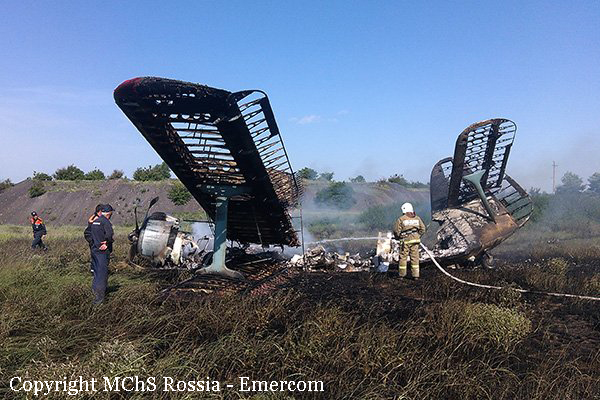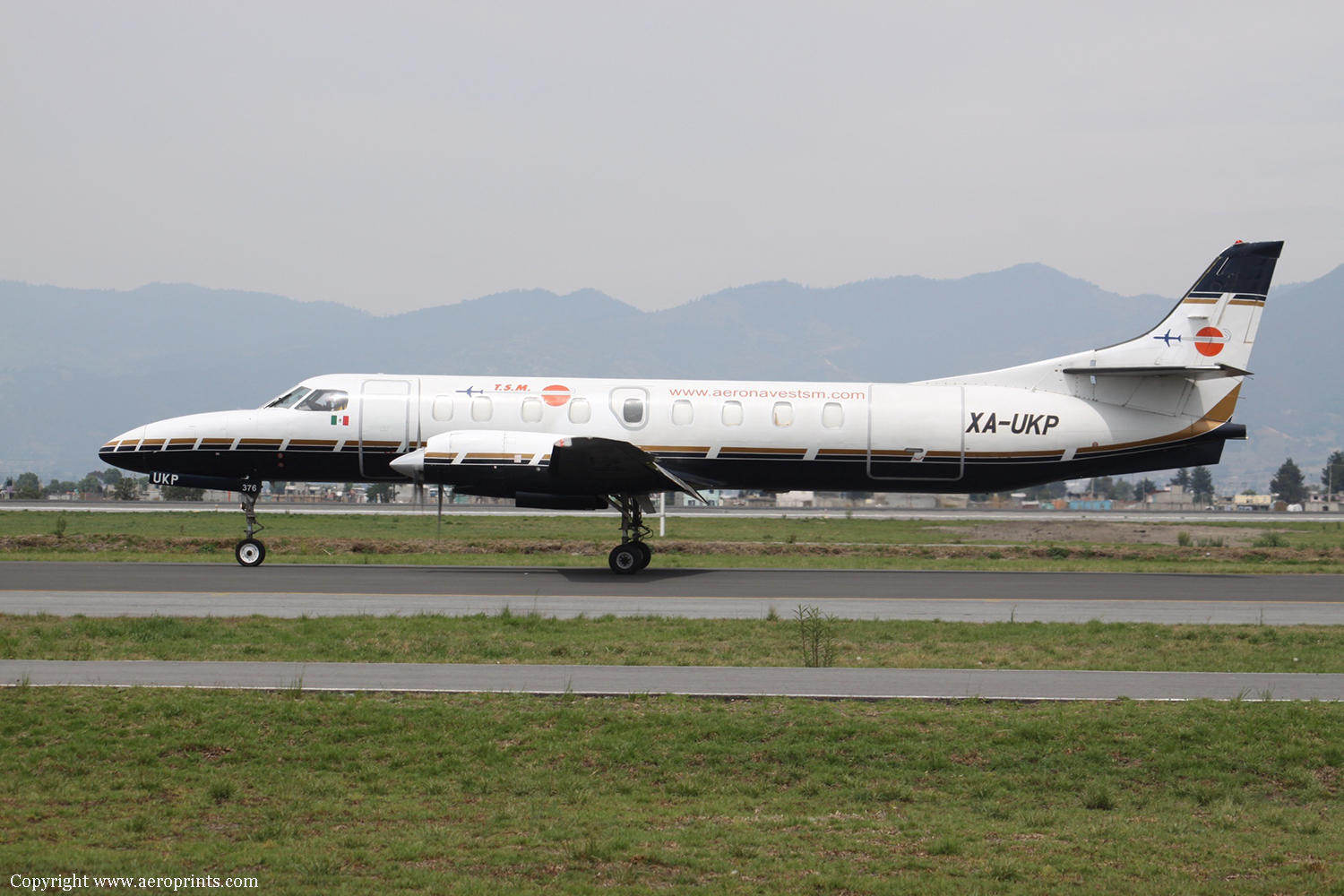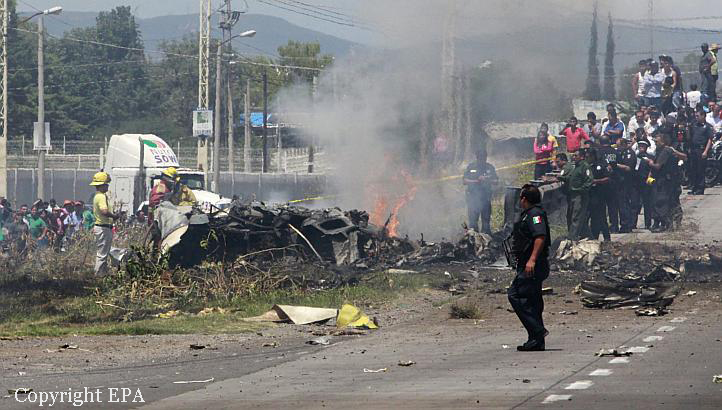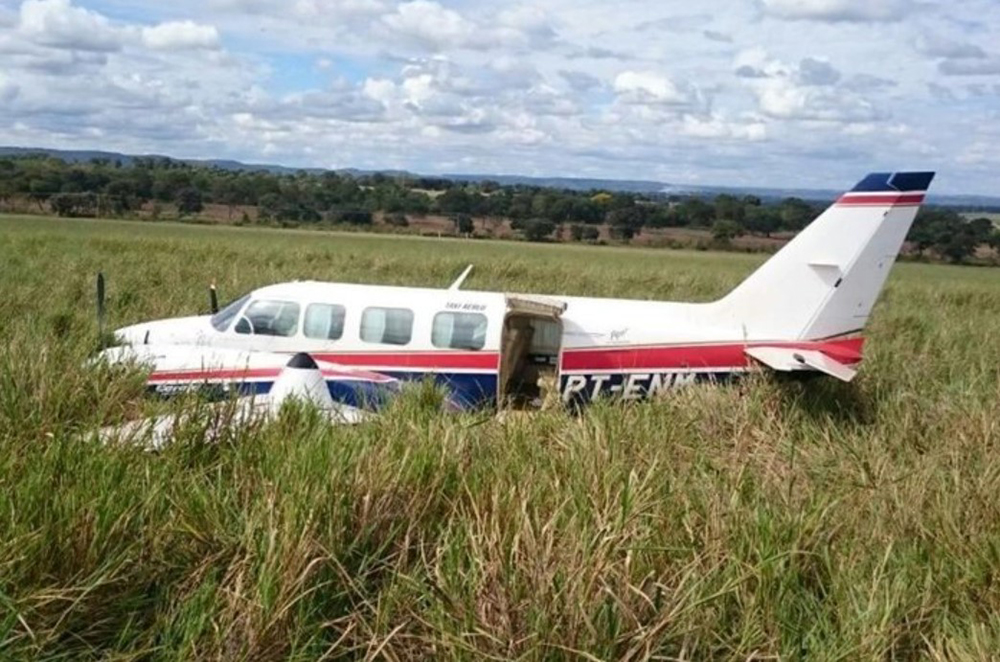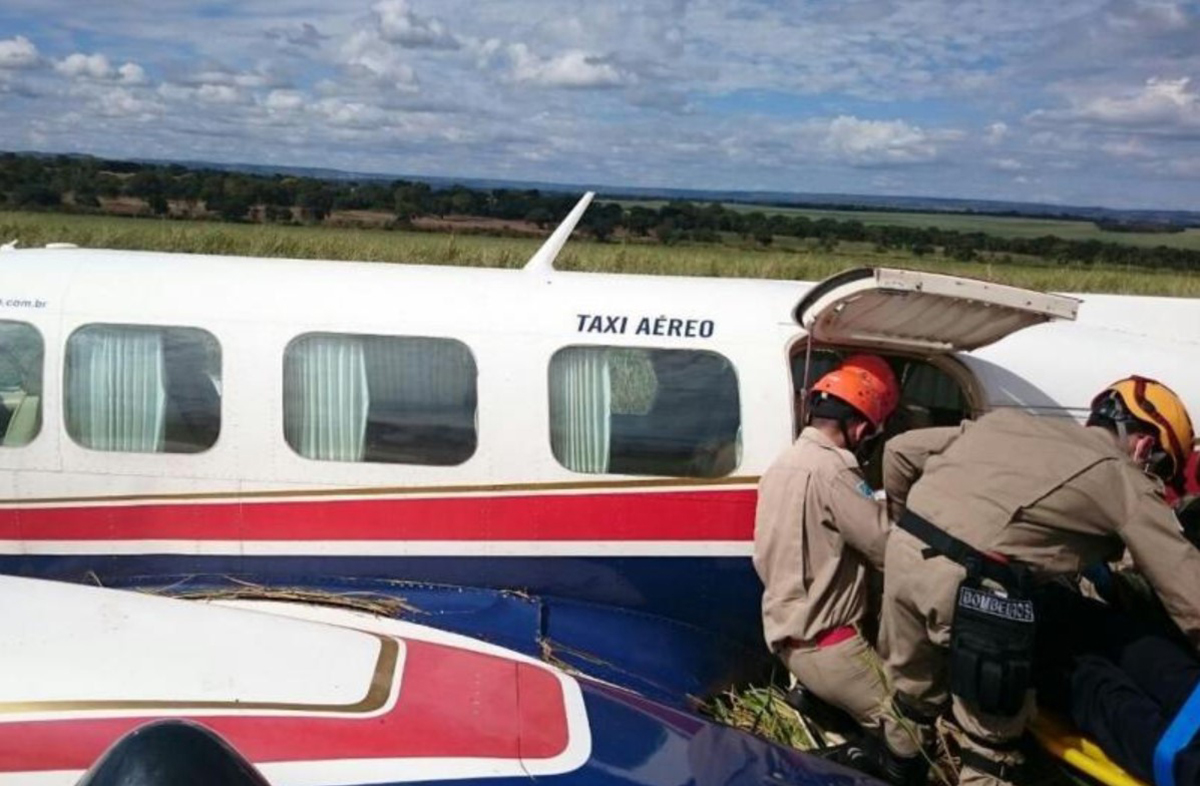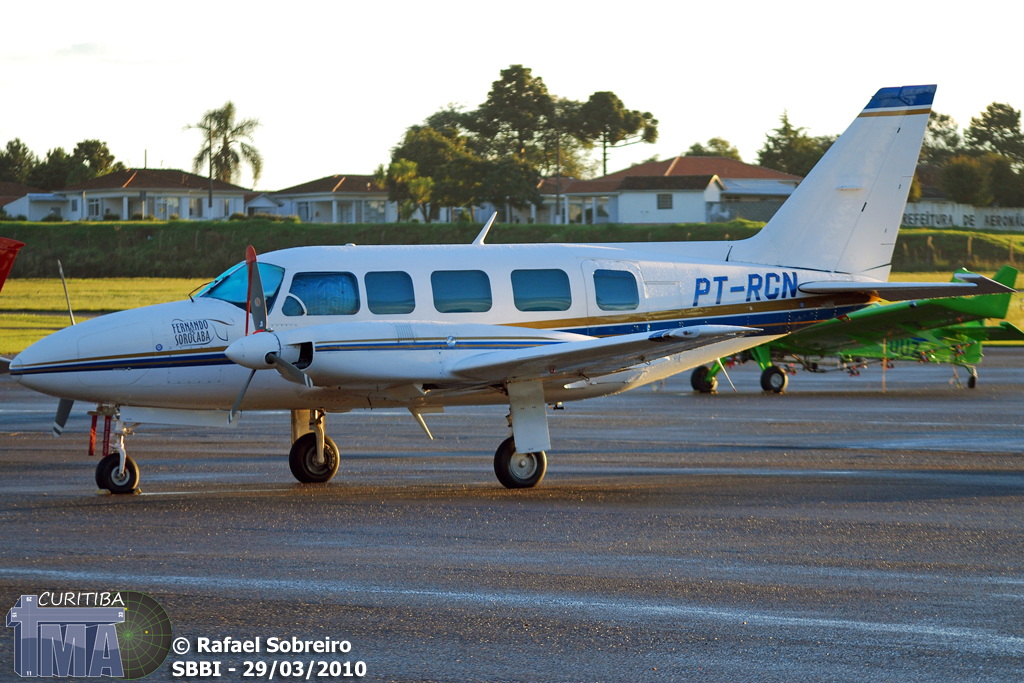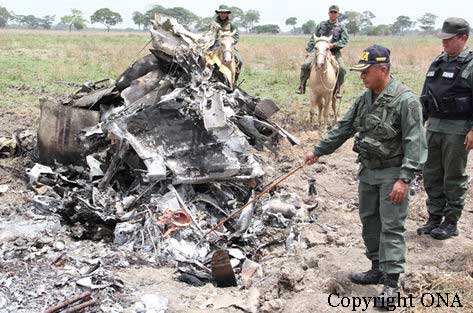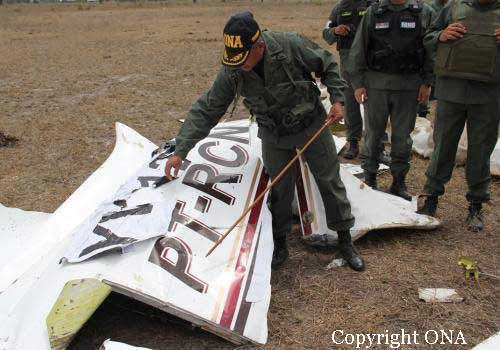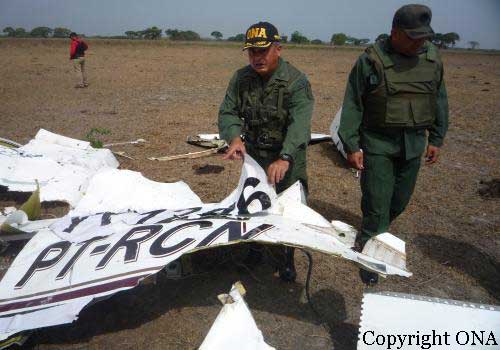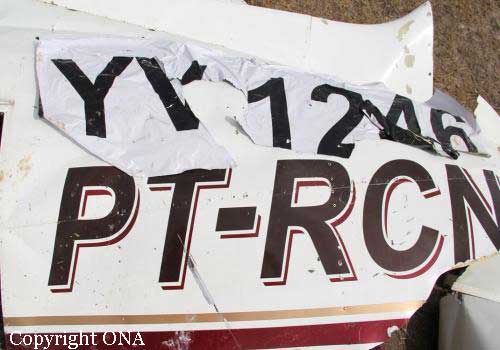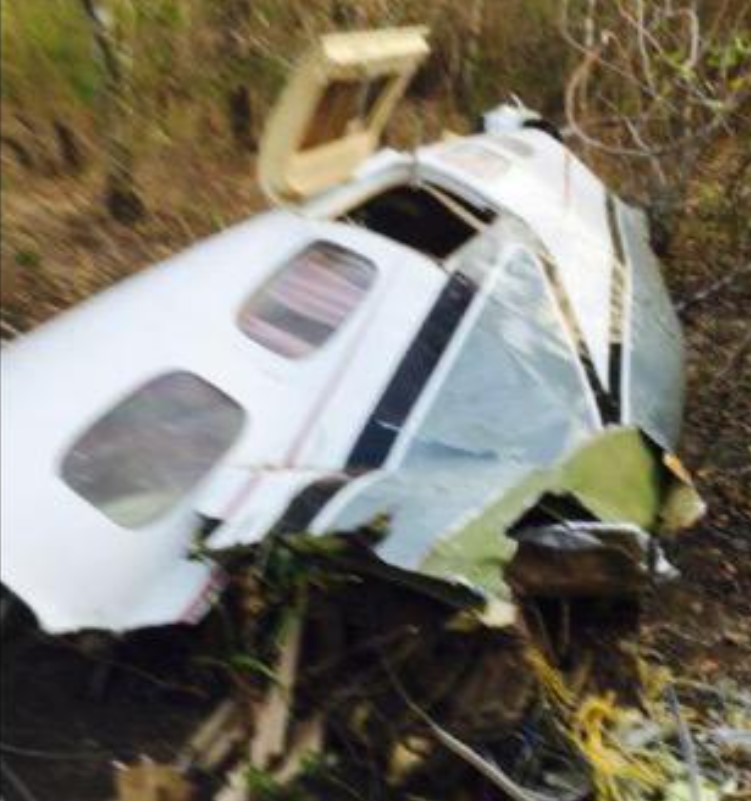Crash of a Cessna 402B in Cajicá: 3 killed
Date & Time:
Aug 8, 2015 at 1003 LT
Registration:
HK-4990
Survivors:
No
Schedule:
Guaymaral - Guaymaral
MSN:
402B-1219
YOM:
1977
Crew on board:
2
Crew fatalities:
Pax on board:
1
Pax fatalities:
Other fatalities:
Total fatalities:
3
Captain / Total hours on type:
0.00
Copilot / Total hours on type:
59
Aircraft flight hours:
8985
Circumstances:
The twin engine airplane departed Bogotá-Guaymaral Airport on a local training flight, carrying one passenger, one instructor and one pilot who was following his initial training. While descending to the airport from the north for an approach to runway 11, the crew encountered technical problems with the engine and declared an emergency. While trying to make an emergency landing, the aircraft collided with power cables and crashed in a garden located about 12 km north of Bogotá-Guaymaral Airport. The aircraft was destroyed by impact forces and all three occupants were killed. There was no fire.
Probable cause:
Double engine failure on approach due to fuel exhaustion. The following contributing factors were identified:
- Poor Crew Resources Management in decision making, team work and communications in the cockpit,
- Low level of alert of the crew while completing a training mission,
- The crew failed to follow the emergency procedures,
- Limited experience of the instructor to proceed with an initial training,
- Poor flight planning.
- Poor Crew Resources Management in decision making, team work and communications in the cockpit,
- Low level of alert of the crew while completing a training mission,
- The crew failed to follow the emergency procedures,
- Limited experience of the instructor to proceed with an initial training,
- Poor flight planning.
Final Report:
